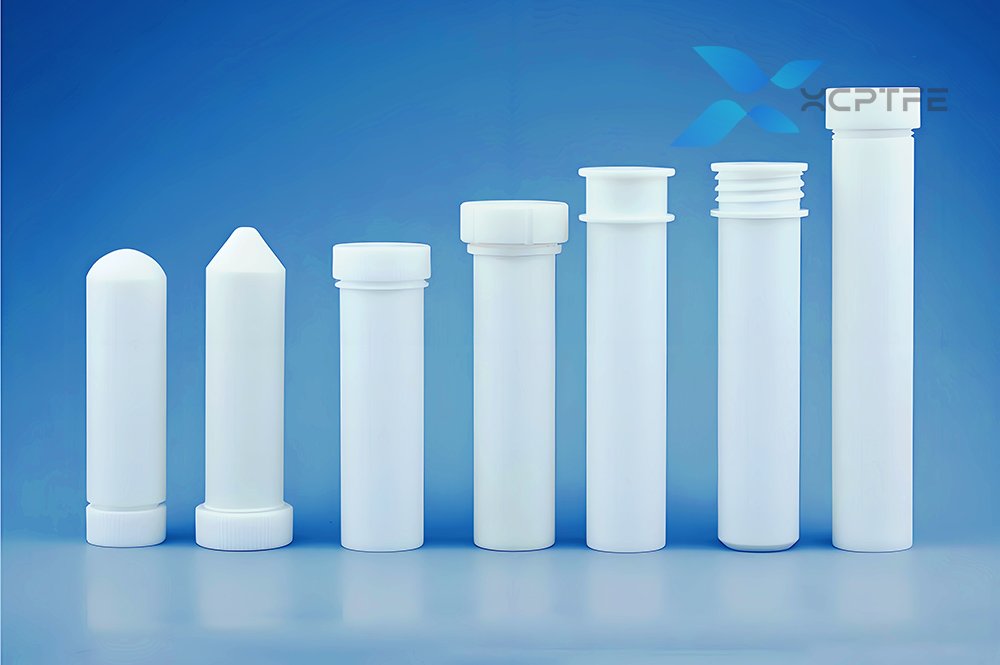PTFE vs TFM Microwave Digestion Vessels: Key Differences for Your Lab
Choosing the right material for microwave digestion vessels is crucial for laboratory safety, efficiency and accuracy. While both PTFE and TFM are fluoropolymer options, understanding their differences helps in making an informed decision. Here’s a concise comparison.
Key Differences Explained:
TFM is a modified PTFE, created by adding less than 1% of additives to PTFE, enhancing its original properties .
While both share a similar melting point (320-340°C) and maximum practical use temperature (260°C) , TFM excels in high-pressure applications. PTFE vessels are suitable for medium-high pressure, whereas TFM vessels can handle ultra-high pressure microwave digestion .
Under high temperature and pressure, TFM demonstrates superior performance: it exhibits less deformation , has lower permeability , and shows better recovery after being subjected to high pressure . Additionally, TFM boasts a very high surface(smoothness), making it easier to clean and less likely to harbor contaminants — a critical factor for trace and ultra-trace element analysis .
How to Choose?
Choose PTFE for routine digestion of samples under standard or medium-high pressure conditions where cost-effectiveness is a priority.
Choose TFM for demanding applications involving ultra-high pressure, difficult-to-digest samples, hydrogen fluoride (HF), or when performing trace and ultra-trace element analysis where minimal sample adhesion and ease of cleaning are paramount. It’s often the material of choice for high-end imported microwave digestion systems .
Ultimately, the best choice depends on your specific application requirements, sample types, and budget constraints. For most labs handling a variety of samples, TFM’s enhanced durability and performance often make it the preferred long-term investment.

